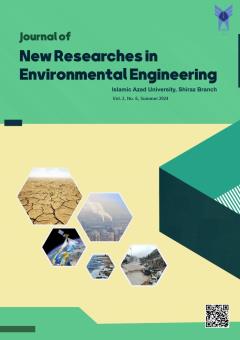-
-
-
Open Access Article
1 - Kinetic Modeling And Optimization Of Effective Parameters Of 4-Chlorophenol Wastewater Treatment In Adsorption Process With Activated Carbon/Magnetite Nanocatalyst In Aqueous Solution
Farham Aminsharei Mohammad Astaraki Sahand Jorfi Reza Darvishi Cheshmeh Soltani Mojtaba Nasre Isfahani
List of Articles Mojtaba Nasre Isfahani
-
The rights to this website are owned by the Raimag Press Management System.
Copyright © 2021-2025


